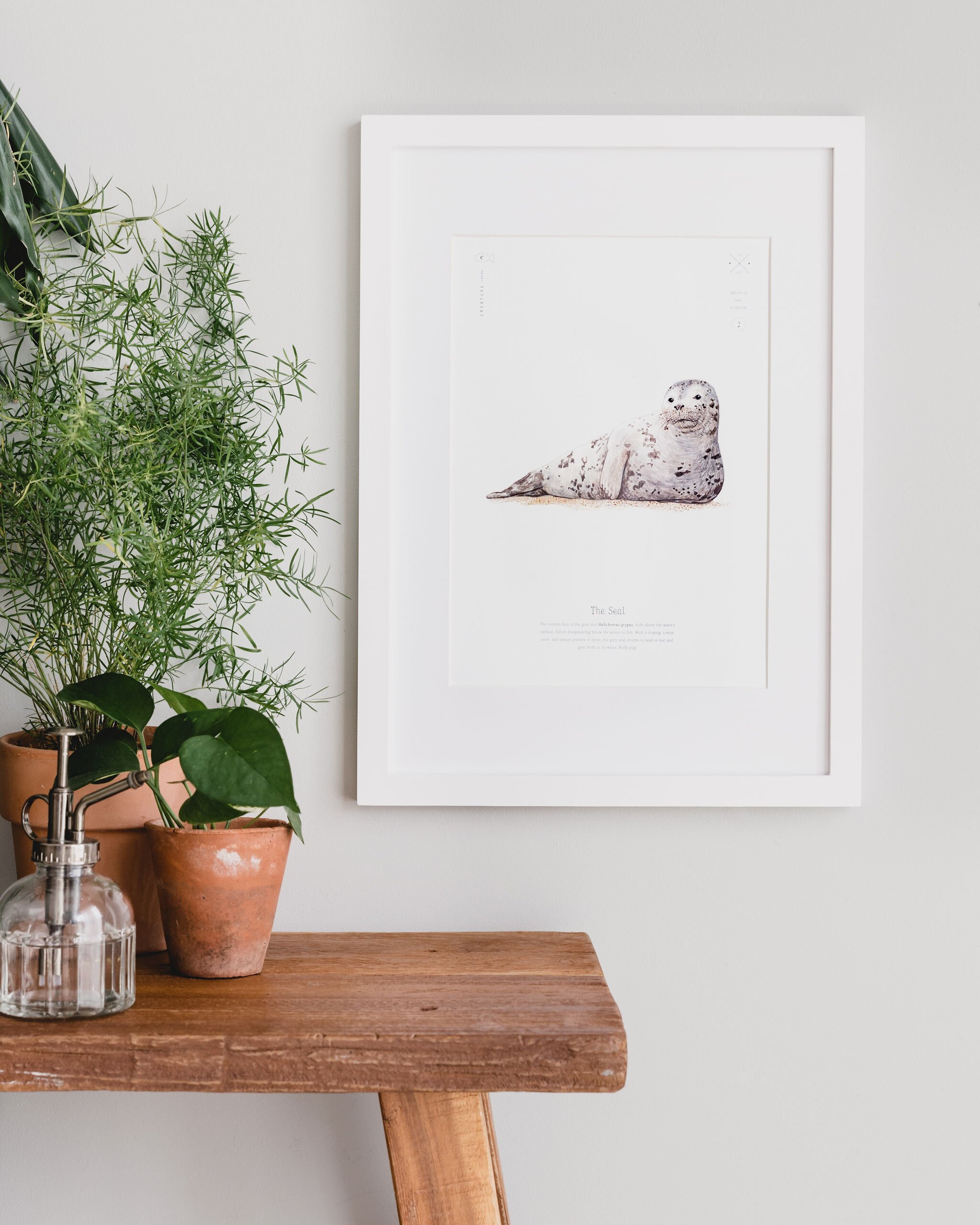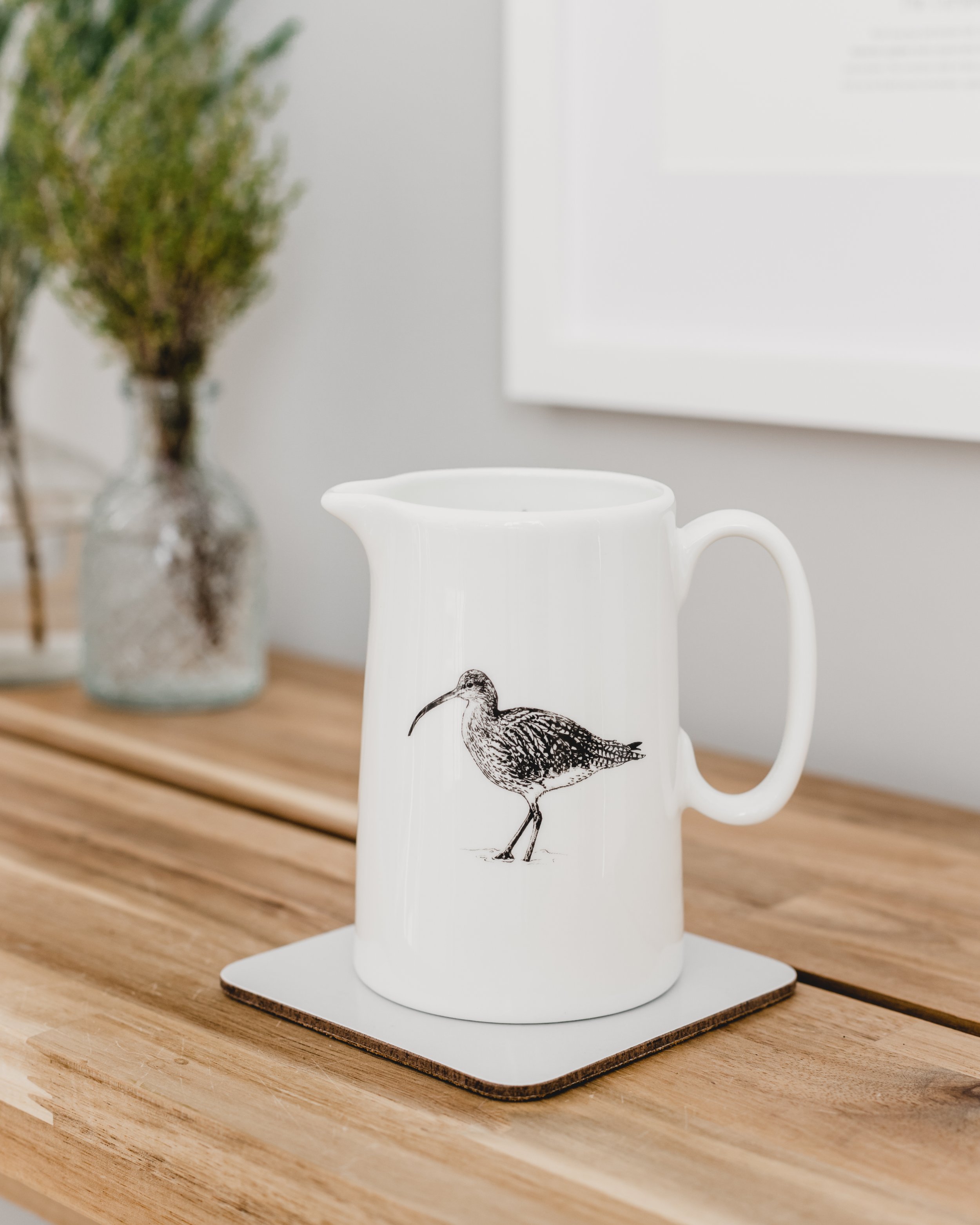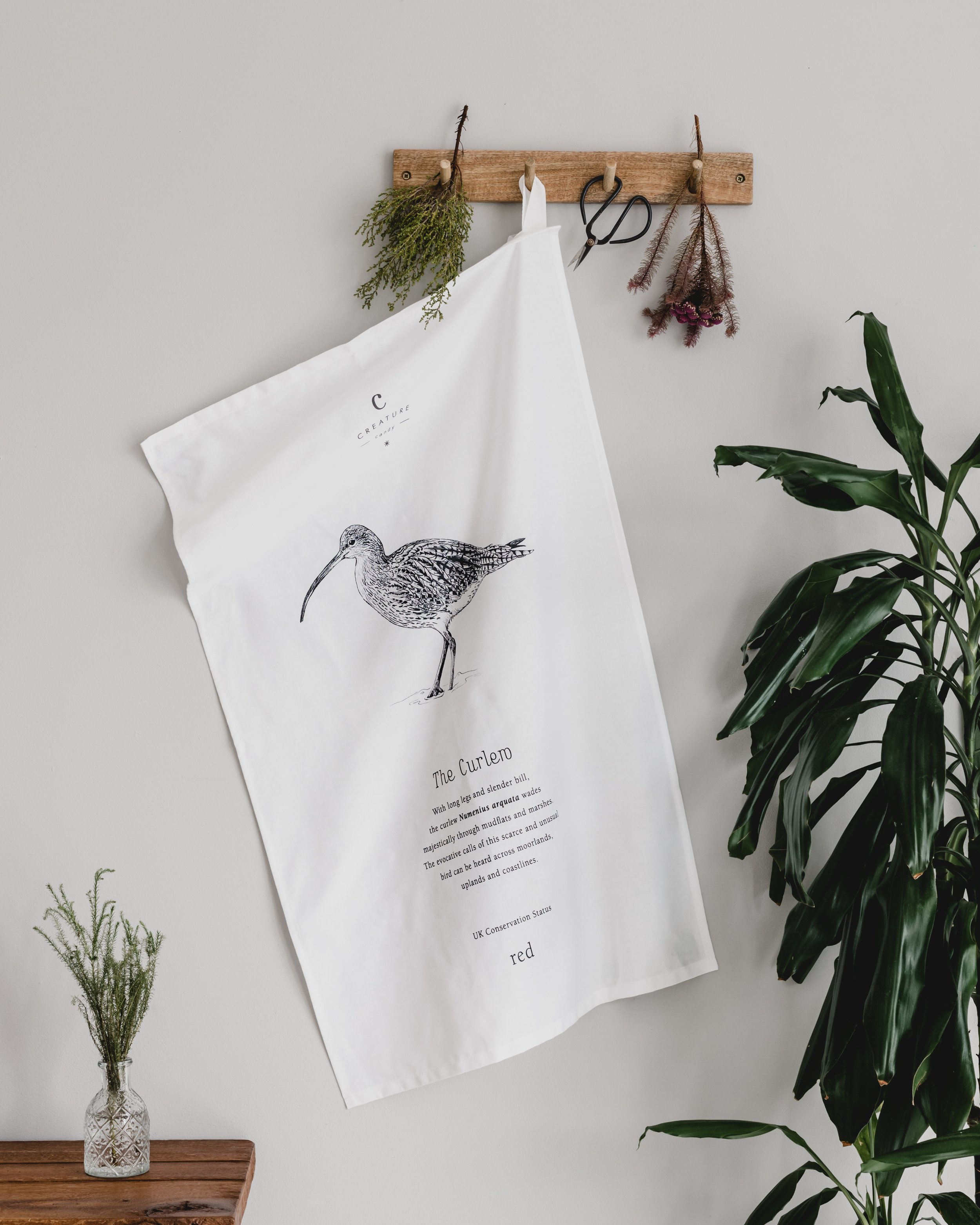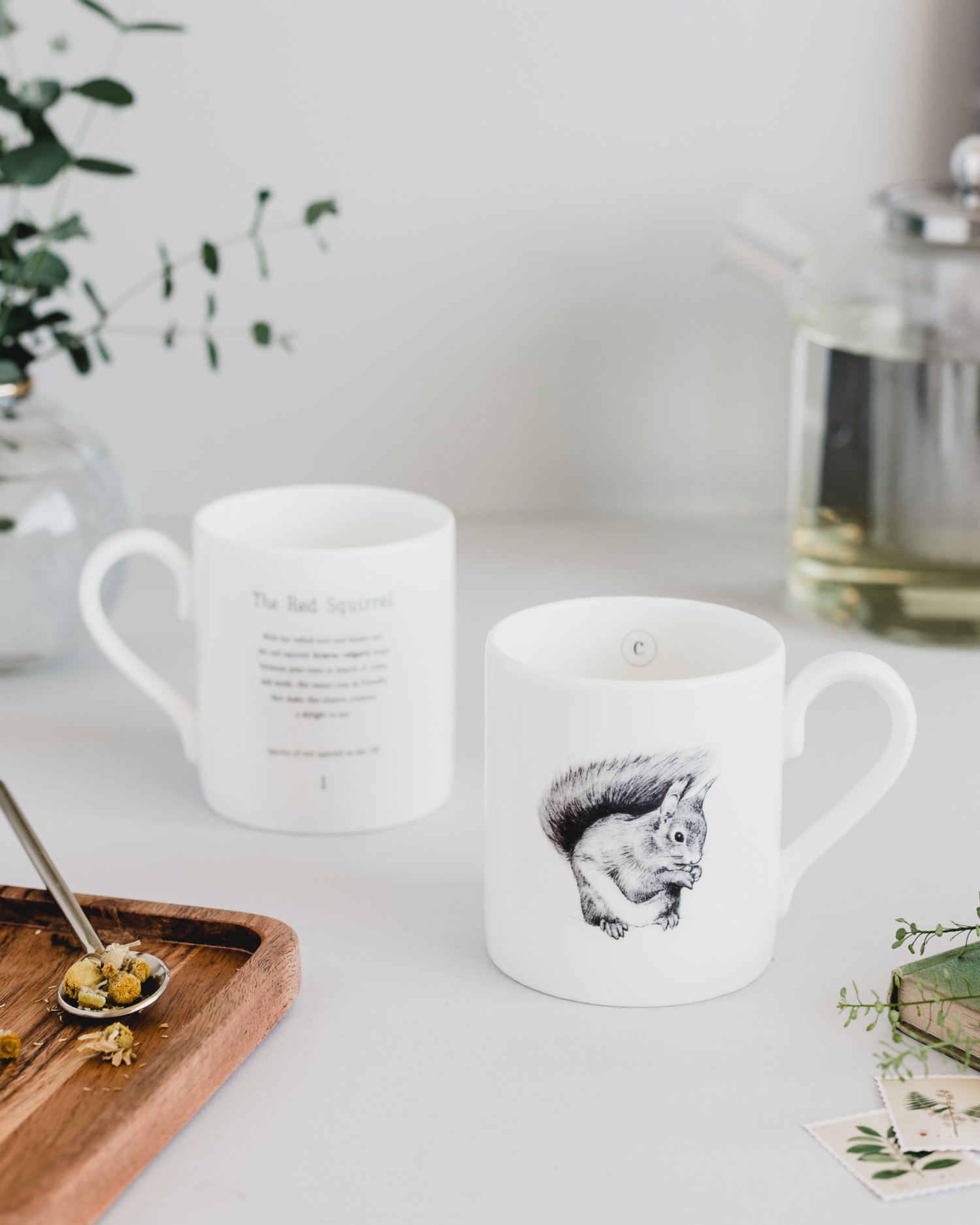By Luke Phillips
With a mix of colder temperatures and fewer daylight hours, it can be tempting to follow the example of some of Mother Nature’s more canny creatures and hibernate. However, if we spent all our time in cosy jumpers and sipping hot drinks, we’d be missing out on a whole host of incredible wildlife putting on a bit of a winter spectacle. So, definitely wrap up warm still, but head outside and make the most of it. Whilst it is amazing to see white mountain hares and fluffy red squirrels at this time of year, for the most part, we’ve stuck to species and spectacles that should be relatively easy to see in most areas of the country. That said, there are a few exceptions that are worth going slightly further afield for. Here are just a few of the wild winter wonders that can be found across the UK.
Wintering Wildfowl
Now is the time to be heading out to your local wetlands, marshes, lakes, lochs, rivers, and reservoirs. In winter, the UK is inundated by huge influxes of wildfowl from northern Europe and even the arctic. It’s the only time in the wildlife calendar you’ll see the likes of brent and barnacle geese for instance. And, if you haven’t seen the frankly stunning male pintail, then you are missing out on one of birding’s most dazzling ducks. The most incredible aspect of watching wildfowl in winter though, is, the sheer numbers. Our wetlands offer shelter to huge flocks of ducks like wigeon – often in their thousands, and waders like black-tailed godwit and lapwing.
Waxwings
The waxwing is another bird that literally flocks to our shores in winter. Slightly smaller than a starling, these plump little birds are especially fond of rowan and hawthorn berries, but also rose and cotoneaster. Their Latin name is Bombycilla garrulus, implying their chatty nature – it’s hard to miss a flock of feeding waxwing once you stumble across them. If their noise doesn’t get your attention, then the prominent crests and peach colouring should. Also, don’t miss the opportunity to check out how they got their name – sporting red, waxy tips (they always remind me of red-hot poker flowers) to the feather shafts in the middle of their wings.
In some years, significant numbers (known as an irruption) will visit the UK in search of food. Waxwings UK on Twitter regularly posts sightings from across the country, making them a little easier to track too!
Foxy Shenanigans
By the end of January, the mating season for the red fox has reached its peak. At this point, territories have usually been established and those lovely piercing vocals we’re all so fond of are letting everyone know it. It’s a very busy time for our only resident canid, making it a great time to see them – and in their usually resplendent winter coats too. Long nights of romance and seeing off the competition often means foxes will sleep more in the day – especially dog foxes. Keep your eyes and ears open, anywhere from local woodland (at the base of trees in sunlight) to shed rooves – and you might get to see the softer side of Renard.
Goldcrest
Being our joint smallest bird (sharing the title with the firecrest), the goldcrest is often difficult to see for that very reason. However, in winter, the combination of bare tree branches and a boost in numbers, thanks to migrants from Scandinavia, give us a more than sporting chance of catching a glimpse. Whereas our resident birds are usually found in coniferous woodland, visiting goldcrests aren’t against joining mixed flocks of tits, finches etc. in parkland and mixed woodland with mature trees. Listen out for their tell-tale, high pitched yet tuneful call.
Seal Colonies
The stormy and often chilly East and South-East coasts of England in winter might not seem the perfect place to raise a new-born, but that doesn’t stop our resident grey seals. Between the months of November and January, female grey seals will head to favoured nursery beaches to haul up and give birth. With 40% of the world population of grey seals to be found in UK waters, we are a globally important breeding territory for them.
Key locations include Blakeney and Horsey Gap in Norfolk, Donna Nook in Lincolnshire, Skomer in Pembrokeshire, Western Cornwall, the Farne Islands in Northumberland, and multiple locations in Scotland. This is one of the winter wildlife spectacles its worth making a trip for, especially with the arrival of adorable, fluffy white seal pups. However, remember to keep quiet and at a distance when observing seals, and to always keep your dog on a lead. Never get closer than about 30 metres (100 feet), and never get between a pup and an adult seal and the sea. Take binoculars if you have them and observe from above and a distance, and you’ll get hours of magical moments.
Starlings
So, another winter wonder that’s worth tracking down and travelling for is the possibility of a starling murmuration. Thousands of birds seemingly painting pictures in the sky is simply breathtaking – there’s nothing quite like it. Huge flocks come together in winter roosts – possibly to keep warm as temperatures drop. The hypnotising shapes and patterns they make in flight as they gather may make it harder for predators like peregrines to target a single bird. However, the reasons they do it are secondary to the sheer spectacle.
Notable locations with a good chance of seeing a murmuration include the West Pier at Brighton, Ham Wall in Somerset, Fen Drayton Lakes in Cambridgeshire, Leighton Moss in Lancashire, and Gretna Green in Dumfries and Galloway. However, keep an eye out in reed beds and farmland anywhere close to dusk for flocks gathering and one of the greatest shows of the natural world.
Swiftly Flow the Days
Sunrise, sunset... thanks to much shorter days, catching either is much more doable than at other times of the year. If you’re in the mood to catch a sunrise, look out for crisp, cold nights and set your alarm clock for the next day. Dawn is making an appearance any time from about 7:30 – but an earlyish start on the right day will be rewarded. The colours of both a sunrise and a sunset are affected by how light is entering and travelling through the atmosphere. When the air is crisp and clear, our sunrises and sunsets are much more vibrant as a result – making them especially beautiful in winter.
Pick out an easterly location for a sunrise, and a westerly one at dusk – and you’ll be all set! We hope you’ve enjoyed this roundup of wild winter wonders, and we especially hope you get the opportunity to seek one or two of them out before the arrival of Spring. And if you don’t see them out and about, you can still track down winter stars like the seal and artic fox.











